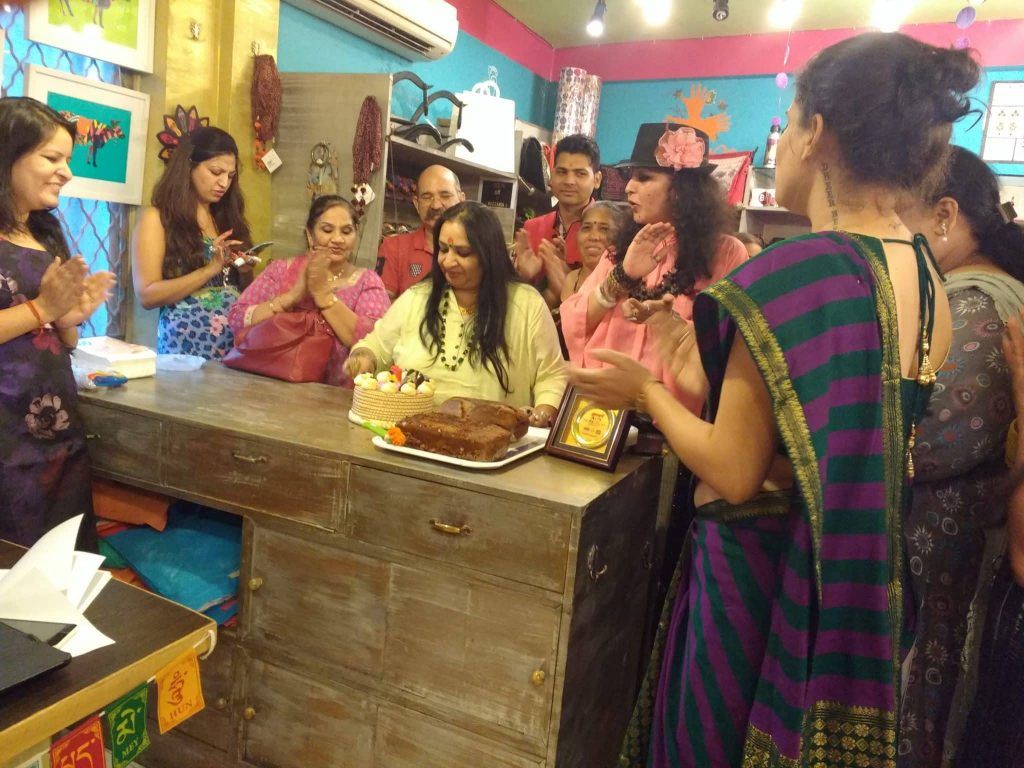Table of Contents
Introduction
As a business owner, you probably already have a good idea of what kind of design you’d like to see on your website or in your marketing materials. You know how your brand should look and how it should feel. But hiring the first designer who claims they can help with that can be a costly mistake—one that could cost your business money and credibility. So before jumping at the first person who says they can do the job, take these tips into consideration:
You’re the expert.
You are the expert in your business. You know all about it, inside and out. You know what you want to say, how you want to show it, and why people should buy from you. As a client with a clear vision, you’re already ahead of 90% of businesses when they start working with a designer!
You know your business inside out.
Because you know your business inside out, you’re capable of explaining what you want to achieve to a designer. It’s important that both sides are on the same page from the start so that work can be done efficiently and effectively. If your designer doesn’t understand what you want or why it matters, it will be hard for them to give their best effort for your project.
It’s also possible that there are things about your business that aren’t clear from the start—things like:
- Your customers’ expectations of what they need from a product/service like yours? What does success look like? How do people experience it? What are the common problems they face when trying to solve those problems themselves? How would they describe these problems in their own words? How could someone else solve those problems differently than you do (and how would it impact their experience)?
- Your competitors’ strengths/weaknesses in this market space (or other similar markets)? What makes them thrive or struggle relative to one another? Is there anything unique about any competitor(s) that could inform how we build our products/services going forward—or how we market and sell them today!?
But be honest about what you don’t know, and be open to outside input from your designer.
- Be honest about what you don’t know and be open to outside input from your designer.
- Designers are experts in their field, but they can’t work in a vacuum. You are the one with the vision for your brand, and as such, you have an important role to play in helping your designer understand what that vision is.
- It’s easy to get caught up in wanting everything to be perfect right now, but remember that this is just the beginning—you have time!
Designers can’t work in a vacuum, but they can help you find your voice.
You need a designer because they can help you find your voice.
As a creative person, it’s easy to try and design everything yourself. But this is like trying to write a book when you don’t know what words mean or how sentences work. Designers are like editors for brands — they’re there to help you say what you want to say better than anyone else could say it for themselves (and also make sure that the design isn’t saying nonsense). Your designer will guide and hold your hand while figuring out what things mean, where they come from, and who they’re meant for — all of which are essential parts of finding your brand’s voice.
Know what you want.
This is a crucial step in the design process. It’s not enough to be able to describe what you want; you must also be able to communicate it clearly. Designers need an exact idea of what they should build and how they should go about doing so.
Developing clear specifications is hard work, but it’s worth the effort because having clear specifications makes it easier for everyone involved in the project (including your designer) to do their job well. If you don’t know exactly what you want, then there’s no way for anyone else involved in the process—including yourself—to deliver exactly that.
Before talking to a designer, get a handle on what it is you’d like to see in your design.
Before talking to a designer, get a handle on what it is you’d like to see in your design.
This doesn’t mean that you have to have the whole thing figured out. But it does mean having an idea of what elements are important and why they’re important—and knowing whether they’re important to your business or just vanity items. If you don’t know what’s essential and what can be changed later, a good designer will help guide you toward the right choices.
Understand that fonts have subtle nuances that make all the difference in how your message comes across.
- Fonts are powerful and can convey very different things, depending on the context. When designing a logo, for example, you might want your font to be playful and fun but still professional and serious enough for a business setting. And even one font can have multiple personalities!
- Some fonts are more conservative than others (think Times New Roman), while others are loud and bold (like Comic Sans).
Have a clear idea about colors and color schemes for your design.
- Use colors that represent your brand
- Use colors that are easy to read
- Use colors that are easy to print
- Use colors you may have a personal association with
- Use colors that make a lasting impression
4a or 4b: If you have a logo, use the same color scheme as it so they match, or find a new color scheme (and make sure they match). If you don’t have a logo yet, use one of the common color schemes below:
Define your brand before hiring a designer.
Before you start looking for a designer, you should already know who your brand is and what it stands for. You should also know what you want to accomplish with your brand (i.e., increase sales or raise awareness), how much time and money you have to invest in the project, how many people are involved in the process, and how long the project will take. This will help narrow down potential designers’ skill sets and experience levels as well as reduce mistakes later on in the process when working closely with them one-on-one.
Get mockups of the final design to see if it lives up to your expectations.
When you’re to hire a designer, the main thing to keep in mind is that they won’t be creating the final product on their own. They’ll be building it using software like Photoshop or Illustrator and then handing it off to another team of developers who will turn those mockups into an actual website.
The reason this process works so well is that both designers and developers work better when they can see what they’re working with. This is why mockups are so important: They allow designers to show their clients exactly what their site will look like before any code has been written (and therefore saved).
Don’t hire the first person who says they can help with design without doing some research beforehand…
Hiring a designer is a big deal, and it’s important to take your time and make the right choice. Don’t hire someone without doing some research beforehand. That being said, there are lots of different ways to go wrong when you want to hire a designer.
You should do online research on the prospective designer before you give them any money or start working with them in any way. This will help ensure that they have been vetted by other clients who have worked with them in the past, which can be an indicator of whether or not they’ll do well for you as well!
You should also ask for references from previous clients before making any decisions about whether or not this person is right for you; if they don’t provide any references at all then maybe reconsider hiring them (or at least make sure that those references check out).
Conclusion
The bottom line is this: Don’t hire a designer without doing your research first. Don’t hand over all your money to someone you’ve never met before, and don’t expect them to do all the work for you. It’s up to you as an entrepreneur to know what it is that makes your company special, figure out how best to communicate those ideas through design, and pay attention to details like fonts and color schemes so that your brand feels cohesive across all platforms.












